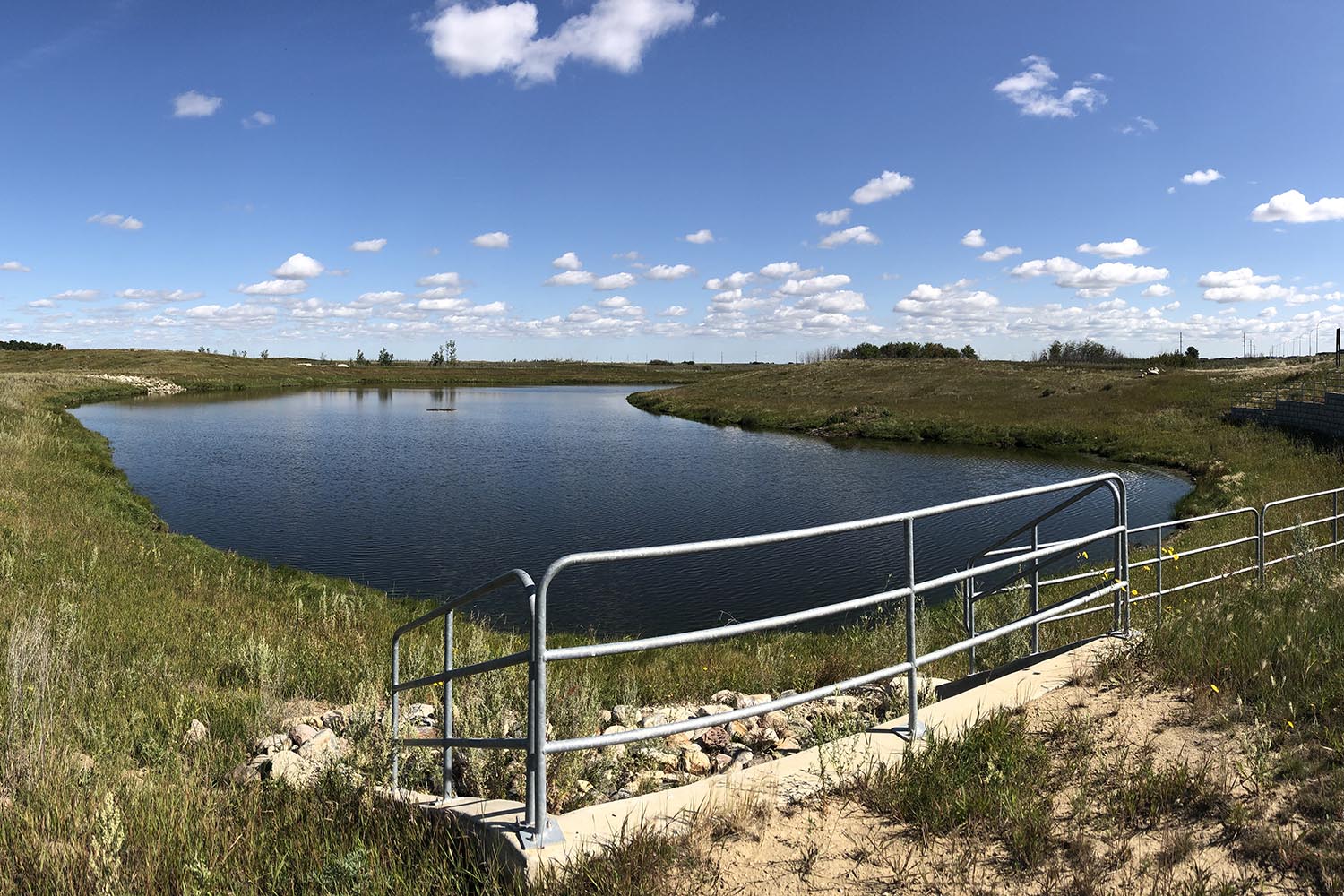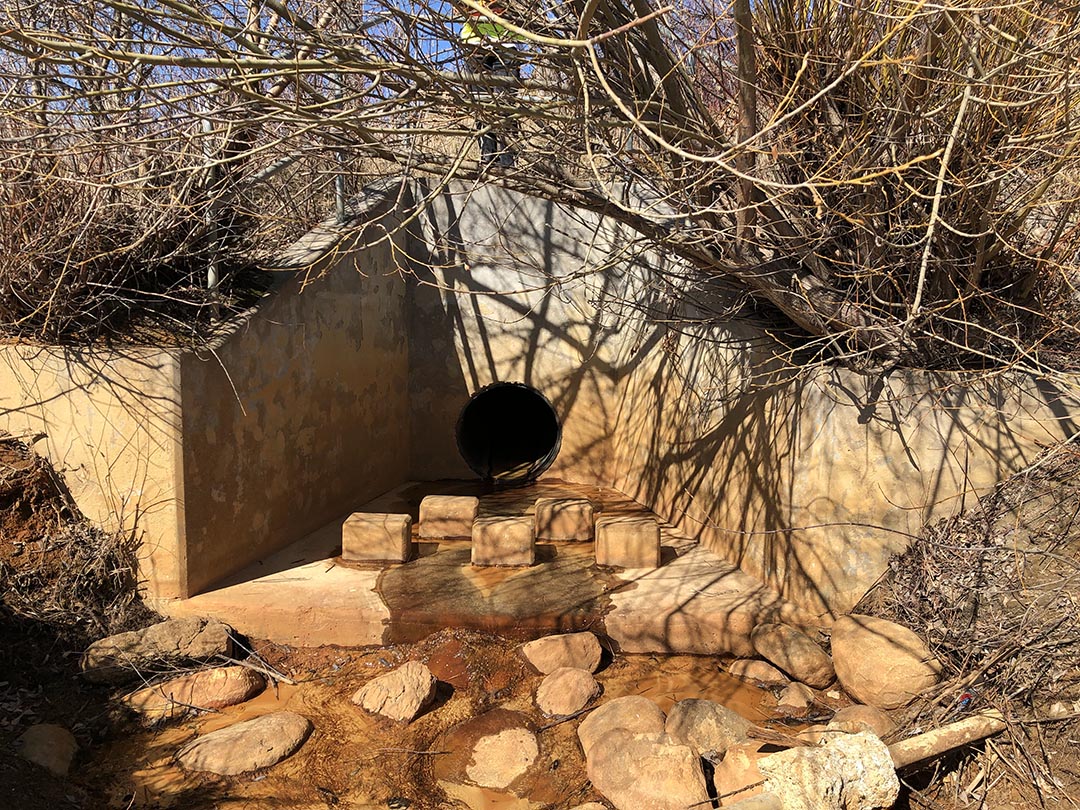
USask School of Environment and Sustainability partners with city to study storm water
Saskatoon’s storm water system has seen its fair share of odds and ends. Aside from the more typical paint, oil, and gas, operations staff report finding jewelry, car transmissions and batteries, couches, and even shopping carts.
By Megan EvansStorm water goes to the city’s rivers untreated, so garbage introduced into the storm drain system means more pollution in the local river systems.
Even more worrying are the chemical contaminants introduced into these systems that are invisible to the eye. A joint project by Dr. Markus Brinkmann (PhD), assistant professor at the University of Saskatchewan (USask) School of Environment and Sustainability (SENS) and the City of Saskatoon’s Storm Water Utility, Waste Water Treatment, and Watershed Protection units was designed to evaluate the quality of storm water that flows through Saskatoon’s drainage systems into the river.
“Investment of public resources should consider many factors, including the best data; USask can help provide that,” said Angela Schmidt, City of Saskatoon storm water utility manager. “The better the information we have, the better our decisions and investments can be. USask professors have professional knowledge and expertise, and USask students have research capabilities that the city can benefit from. Partnership with USask allows us to leverage our resources effectively.”
Storm water can contain all kinds of potentially harmful chemicals: street chemicals leaching from tires, products of fuel combustion, and herbicides and pesticides from your garden. Storm water, unlike the water within the city’s waste water treatment system, is not routinely tested and monitored. SENS has been involved in storm water sampling before, in partnership with the College of Engineering.
“This area of research is relatively new,” said Brinkmann. “But unless you measure the levels of contamination, you don’t know if these toxicants will create systemic issues downstream. Measuring the kinds of compounds found in storm water will help the City of Saskatoon determine what they might do to help mitigate any damage.”

While the city and university signed a memorandum of understanding in 2018 to collaborate on research on urban issues, this new study is supported by a Natural Sciences and Engineering Research Council of Canada Engage grant. Results of this study are expected in Fall 2020.
“The USask storm water research highlights the benefits of collaborating with the city while strengthening interdisciplinary research partnerships across campus,” said Dr. Kerry McPhedran (PhD) of the USask College of Engineering. “This makes for better project outcomes and provides students a more diverse research experience."
While some solutions could be as simple as investing in more street sweeping to keep garbage and small particles out of the storm water system, this research is critical to understanding what kind of infrastructure is required to keep watershed systems clean and healthy for all of the ecosystems it connects with.
“The city has a long-term objective to ensure that storm water flow to the South Saskatchewan River is safe for the environment and keeps the water clean for our neighbours downstream,” said Twyla Yobb, City of Saskatoon watershed protection manager. “The USask School of Environment and Sustainability has an important role to play in that.”
For more information on how you can participate in keeping the Saskatchewan River Basin clean, see the Yellow Fish Road™ program created by Trout Unlimited Canada.
Article re-posted on .
View original article.

